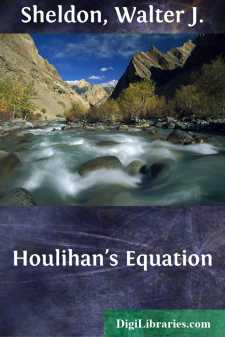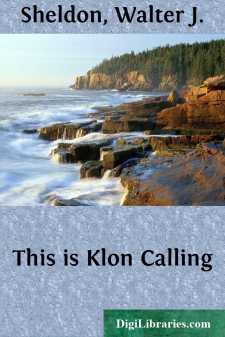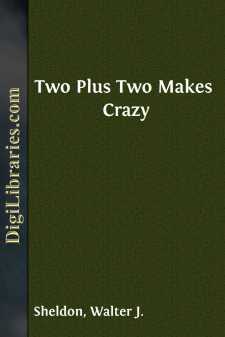Categories
- Antiques & Collectibles 13
- Architecture 36
- Art 48
- Bibles 22
- Biography & Autobiography 813
- Body, Mind & Spirit 142
- Business & Economics 28
- Children's Books 15
- Children's Fiction 12
- Computers 4
- Cooking 94
- Crafts & Hobbies 4
- Drama 346
- Education 46
- Family & Relationships 57
- Fiction 11828
- Games 19
- Gardening 17
- Health & Fitness 34
- History 1377
- House & Home 1
- Humor 147
- Juvenile Fiction 1873
- Juvenile Nonfiction 202
- Language Arts & Disciplines 88
- Law 16
- Literary Collections 686
- Literary Criticism 179
- Mathematics 13
- Medical 41
- Music 40
- Nature 179
- Non-Classifiable 1768
- Performing Arts 7
- Periodicals 1453
- Philosophy 64
- Photography 2
- Poetry 896
- Political Science 203
- Psychology 42
- Reference 154
- Religion 513
- Science 126
- Self-Help 84
- Social Science 81
- Sports & Recreation 34
- Study Aids 3
- Technology & Engineering 59
- Transportation 23
- Travel 463
- True Crime 29
Houlihan's Equation
Categories:
Description:
Excerpt
I must admit that at first I wasn't sure I was hearing those noises. It was in a park near the nuclear propulsion center—a cool, green spot, with the leaves all telling each other to hush, be quiet, and the soft breeze stirring them up again. I had known precisely such a secluded little green sanctuary just over the hill from Mr. Riordan's farm when I was a boy.
Now it was a place I came to when I had a problem to thrash out. That morning I had been trying to work out an equation to give the coefficient of discharge for the matter in combustion. You may call it gas, if you wish, for we treated it like gas at the center for convenience—as it came from the rocket tubes in our engine.
Without this coefficient to give us control, we would have lacked a workable equation when we set about putting the first moon rocket around those extraordinary engines of ours, which were still in the undeveloped blueprint stage.
I see I shall have to explain this, although I had hoped to get right along with my story. When you start from scratch, matter discharged from any orifice has a velocity directly proportional to the square root of the pressure-head driving it. But when you actually put things together, contractions or expansions in the gas, surface roughness and other factors make the velocity a bit smaller.
At the terrible discharge speed of nuclear explosion—which is what the drive amounts to despite the fact that it is simply water in which nuclear salts have been previously dissolved—this small factor makes quite a difference. I had to figure everything into it—diameter of the nozzle, sharpness of the edge, the velocity of approach to the point of discharge, atomic weight and structure— Oh, there is so much of this that if you're not a nuclear engineer yourself it's certain to weary you.
Perhaps you had better take my word for it that without this equation—correctly stated, mind you—mankind would be well advised not to make a first trip to the moon. And all this talk of coefficients and equations sits strangely, you might say, upon the tongue of a man named Kevin Francis Houlihan. But I am, after all, a scientist. If I had not been a specialist in my field I would hardly have found myself engaged in vital research at the center.
Anyway, I heard these little noises in the park. They sounded like small working sounds, blending in eerily mysterious fashion with a chorus of small voices. I thought at first it might be children at play, but then at the time I was a bit absent-minded. I tiptoed to the edge of the trees, not wanting to deprive any small scalawags of their pleasure, and peered out between the branches. And what do you suppose I saw? Not children, but a group of little people, hard at work.
There was a leader, an older one with a crank face. He was beating the air with his arms and piping: "Over here, now! All right, bring those electrical connections over here—and see you're not slow as treacle about it!"
There were perhaps fifty of the little people. I was more than startled by it, too. I had not seen little people in—oh, close to thirty years. I had seen them first as a boy of eight, and then, very briefly again, on my tenth birthday. And I had become convinced they could never be seen here in America. I had never seen them so busy, either. They were building something in the middle of the glade....





